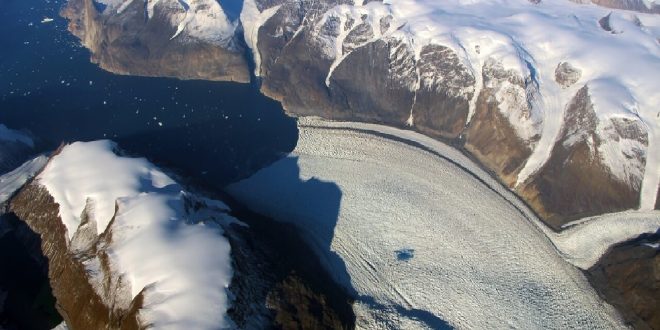Greenland Glacier: According to a study published by NASA in late January, melting ice near the coast of Greenland can be linked to the warming of the Arctic Ocean.
Earth is getting warmer due to climate change. According to data released this week by Danish researchers, Greenland’s vast ice sheet is melting very fast. In the last 20 years, so much ice has melted in Greenland that it is enough to submerge the whole of America under half a meter of water.
According to NASA, the climate is warming faster in the Arctic than anywhere else, and the melting of ice from Greenland is an important factor in the increase of water in the oceans. According to the Polar Portal, a joint project involving several Danish Arctic research institutes, the Greenland ice sheet has lost some 4,700 billion tons of ice since measurements began in 2002.
According to the study, as much as Greenland’s ice melts, it can submerge the whole of America in water for about half a meter. Due to the melting of glaciers, the sea level is rising rapidly. Only Greenland’s ice that has melted has contributed 1.2 cm to the rise in sea level.
Polar Portal’s findings are based on satellite imagery from a US-German programme. It has been shown that ice is melting most severely near the shores of the Arctic region at the edge of the ice sheet.
Due to global warming, the ice sheet is getting thinner due to continuous melting of glaciers. According to statistics, the west coast of Greenland is particularly affected. Climate change is particularly dangerous in the Arctic. Scientists say that this region is warming at a rate of three to four times the global average.
According to a study published by NASA in late January, melting of ice near the coast of Greenland is being linked to the warming of the Arctic Ocean. This heat is melting the glaciers of Greenland. The hot air has been melting them from above. According to climate scientists, there is enough water in the Greenland ice sheet to raise the oceans by more than seven metres.
 Indian Thought Latest News & Views
Indian Thought Latest News & Views



